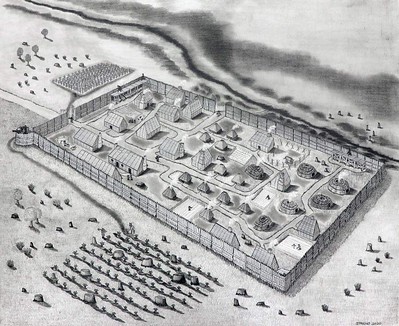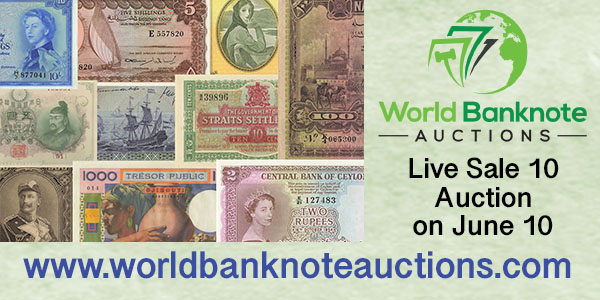
PREV ARTICLE
NEXT ARTICLE
FULL ISSUE
PREV FULL ISSUE
MORE ON SHILLING AT MARYLAND COLONIAL FORTA couple weeks ago we discussed the Charles I shilling found at a dig in St. Mary's, MD. Readers passed along a number of new articles on the topic. Here's an excerpt from the Smithsonian piece found by Arthur Shippee and Larry Korchnak. -Editor In late 2019, archaeologists unearthed the remains of a key landmark in American history: St. Mary's Fort. A football field–sized plot of land in southern Maryland, the defensive outpost—established by English colonists in 1634—housed the first permanent European settlement in the state and the fourth such settlement in British North America. Historic St. Mary's City publicly announced the discovery in March 2021 to much fanfare. In the months since, researchers led by Travis Parno have carefully examined additional evidence found at the site in hopes of further solidifying their claims about the fort's historic roots. Now, Parno and his colleagues have once again struck gold—or, more accurately, silver. In late April, archaeologists announced that they'd found a rare silver coin at the fort. The shilling bears inscriptions indicating that it was minted in London between 1633 and 1634, reports Colleen Grablick for DCist. As Michael E. Ruane writes for the Washington Post, the coin's discovery allows researchers to confidently date the dig site to 1634, the year that English settlers first arrived in Maryland. It's a key dating tool that suggests this is a very early 17th-century site,Parno tells Live Science's Tom Metcalfe. We've got a lot of artifacts that are really pointing us to an early 17th-century date, so finding a coin that nails that down to a very early period is really helpful.
The team also discovered a I'd never heard of "tinkling cone" money. Thanks also to Mike Nixon for the CNN version. -Editor
To read the complete articles, see:
To read the earlier E-Sylum article, see:
Wayne Homren, Editor The Numismatic Bibliomania Society is a non-profit organization promoting numismatic literature. See our web site at coinbooks.org. To submit items for publication in The E-Sylum, write to the Editor at this address: whomren@gmail.com To subscribe go to: https://my.binhost.com/lists/listinfo/esylum All Rights Reserved. NBS Home Page Contact the NBS webmaster 
|


